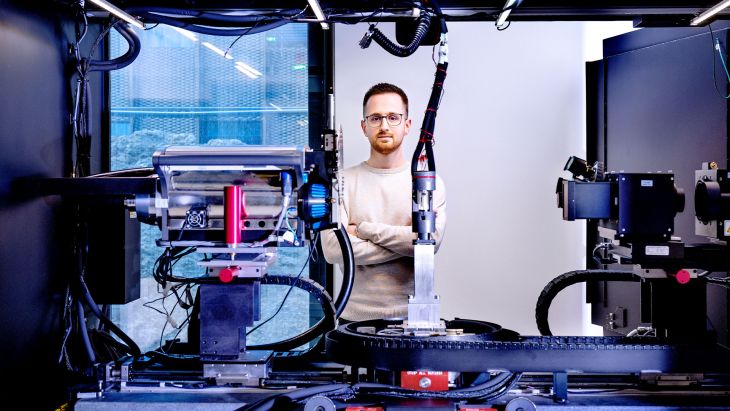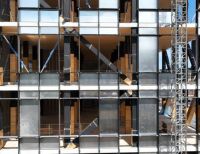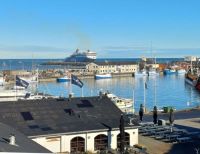The project partners expect less reliance on the stretch test by the end of the project as the new in-depth understanding will make it possible to implement early production steps that ensure the desired mozzarella.
After production runs, Arla currently test their mozzarella by making pizzas to check that the baked cheese has the right colour, taste and stretch. They use a machine to test the stretch, which removes human inconsistencies when doing the measurements.
Work is on-going to create even better images of the directionality of the structure before correlating this information with data on how well the cheese performs. DTU has acquired a new type of CT-scanner, which is expected to slash the time it takes to scan the samples—and the resulting images are predicted to be much clearer.
Other areas of application
Pawel Pieta says that learnings from this project will be applicable to other types of materials, which are anisotropic in nature:
“Like the cooling chamber, many of our ideas relate to the cheese only. However, the image processing part of the work is expected to be very broad and can be applied to many different materials.”
Any fibre-based materials that have structures inside that need a closer look and characterization are potential candidates, such as blades for wind turbines, textiles, or insulation.
“If the material is made in a way that it should be able to withstand some force in one direction and not the other, 3D imaging may make us able to verify that there is anisotropy throughout this material. It can help confirm whether it was made well enough to withstand the force,” he explains.
“It would provide a deeper look. You can always do a stress test and check how much force a material will withstand, but that destroys the product. While it proves what you want to achieve, you still have no idea what is inside the material and why it does what it does. Hopefully using our method, we will be able to provide this why.”














